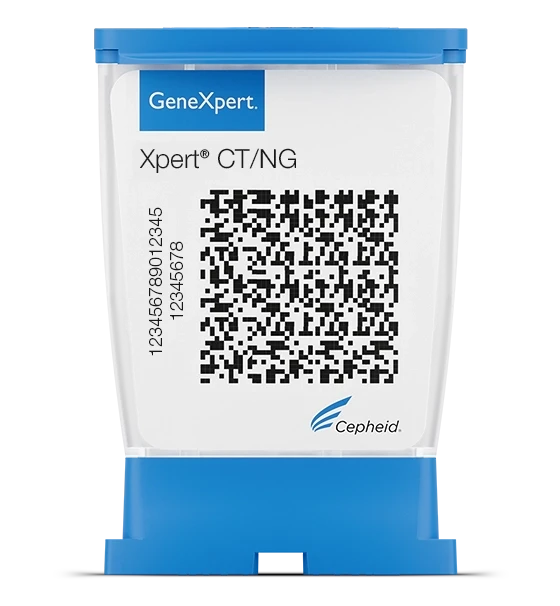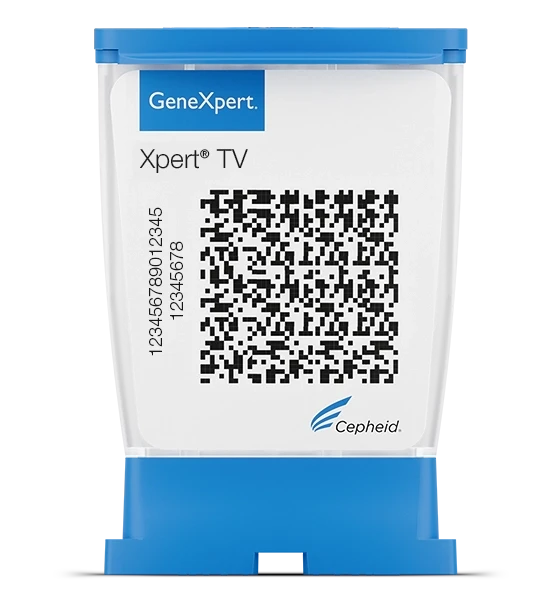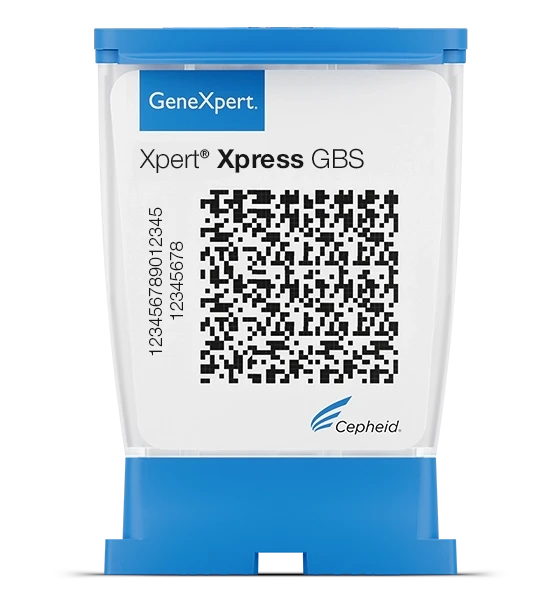



The Need
CDC recommends:1
- Annual CT/NG screening of all sexually active women under 25
- Screening of other at-risk individuals including MSM*
- Testing for chlamydia, gonorrhea, & trichomoniasis using NAATs^ (PCR)
- Same-day testing and treatment
*MSM — men who have sex with men
^NAAT — nucleic acid amplification test
The Solution
- On-demand and in-visit results reduce patient call-backs, overtreatment, undertreatment and patients lost to follow-up
- Patient collected specimens can create operational efficiencies
- Same patient sample can be utilized for all tests
The Impact
- Lessen patient anxiety with immediate results
- Improve patient satisfaction
- Prevent disease spread in the community
- Reduce unnecessary use of antibiotics
Product Resources
Product Information
Package Inserts & MSDS
ADF Files
Frequently Asked Questions
The Xpert® CT/NG test is a qualitative in vitro real-time PCR test for the automated detection and differentiation of genomic DNA from Chlamydia trachomatis (CT) and/or Neisseria gonorrhoeae (NG) to aid in the diagnosis of chlamydial and gonorrheal disease in the urogenital tract and extragenital sites (pharynx and rectum). (1)
The test may be used with the following specimens from asymptomatic and symptomatic individuals: female and male urine, patient-collected vaginal swabs (collected in a clinical setting), clinician-collected endocervical swabs, and female and male pharyngeal and rectal swabs. (1)
Chlamydia trachomatis (CT) are Gram-negative, non-motile, bacteria that exist as obligate intracellular parasites of eukaryotic cells due to their inability to synthesize ATP. The CT species is comprised of at least fifteen serovars that can cause disease in humans; serovars D through K are the major cause of genital chlamydial infections in men and women. (1)
Left untreated, CT can cause non-gonococcal urethritis, epididymitis, proctitis, cervicitis, and acute salpingitis. In women, untreated CT can lead to pelvic inflammatory disease (PID) in more than 40% of the infected population and render up to 20% infertile. PID can manifest as endometritis, salpingitis, pelvic peritonitis, and tubo-ovarian abscesses. (1)
Neisseria gonorrhoeae (NG) are non-motile, Gram-negative diplococci, and the causative agent of gonorrheal disease. Gonorrhea is the second most reported bacterial sexually transmitted disease (STD). (1)
With rapid laboratory results, treatment delays are reduced, resulting in fewer complications, less onward transmission of STDs, less time spent tracking and verifying treatment for those who fail to return after a positive test result, and more prudent use of antimicrobial agents based on less empiric treatment. (2)
References:
- Cepheid. Xpert CT/NG Package Insert. Accessed Dec. 18, 2023. https://www.cepheid.com/en-USntent/dam/www-cepheid-com/documents/package-insert-files/Xpert-CTNG-US-ENGLISH-Package-Insert-301-0234--Rev-K.pdf
- Barrow RY, Ahmed F, Bolan GA, Workowski KA. Recommendations for Providing Quality Sexually Transmitted Diseases Clinical Services, 2020. MMWR Recomm Rep 2020;68(No. RR-5):1–20. DOI: http://dx.doi.org/10.15585/mmwr.rr6805a1






